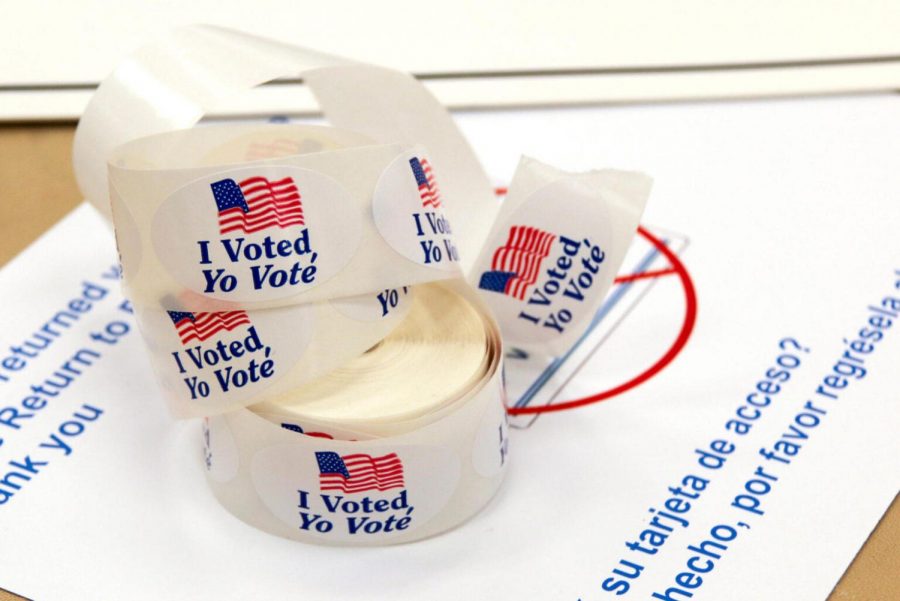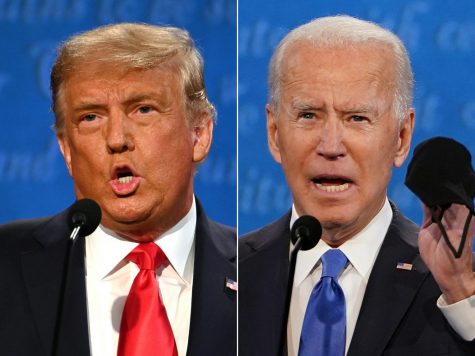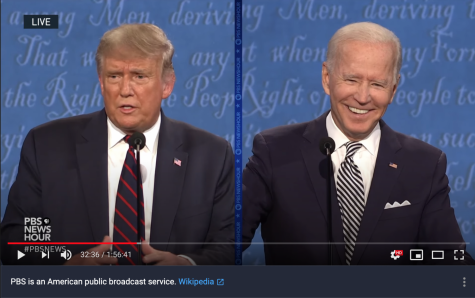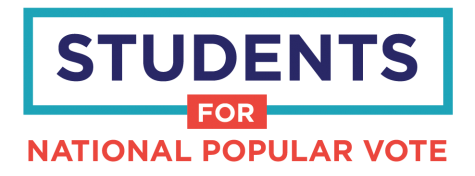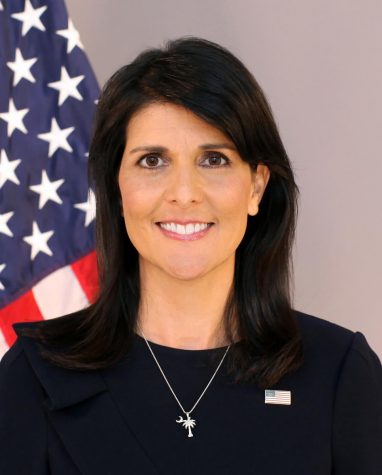Minnesota: The (Unoffical) Results Are In
November 21, 2020
While Minnesota’s election results won’t be fully certified until the State Canvassing Board meets and gives the thumbs up, the deadline for absentee ballots to be received and counted came and went on November 10th. Over 12,000 ballots actually did arrive within that week-long grace period. So now that the dust has settled, a clear picture of Minnesota’s election results has emerged. Unless otherwise specified, all state election data cited can be found upon consulting the Office of the Minnesota Secretary of State.
The Federal Elections
As polls suggested, Joe Biden did win Minnesota, though by a smaller margin than had been predicted by most news outlets. This was a pretty easy call, given that Minnesota has voted for the Democratic candidate in every presidential election since 1976. This includes 1984, when Minnesota was the only state that voted for Democrat Walter Mondale. Among these predictions were those made a month before the election by The Washington Post, which has generally been regarded as reasonably accurate this year, had Biden winning the state by 17 points. That was over twice the actual result of just over 7 points. Fueling that victory were the three largest counties in the state: Hennepin, Ramsey, and Dakota, all of which stayed reliably blue. Biden also managed to flip Blue Earth, Clay, Nicolett and Winona counties from their 2016 standing, though the gap was under 5 points in all 4 states. Even so, he lacked the statewide appeal that Obama pulled in 2008, when the former president not only took 54% of the popular vote, but 42 counties as well.
Senator Amy Klobuchar (D) had her seat secured as she will not be up for reelection until 2024, but Minnesota’s other senate seat was up for grabs this year. The incumbent, Senator Tina Smith (D) was appointed to the seat in January 2018 after Senator Al Franken (D) resigned amid allegations of sexual misconduct. Senator Smith was able to hold on to the seat, though challenger Jason Lewis (R) trailed by less than 6 points. While still substantial, a lead of less than 6 points pales in comparison to Senator Klobachar’s lead of over 24 points in 2018.
All of Minnesota’s 8 seats in the House of Representatives were open, as the office is held for just 2 years. 7 of the 8 incumbents: Jim Hadedom (R), Annie Craig (D), Dean Phillips (D), Betty McCollum (D), Ilhan Omar (D), Tom Emmer (R) and Pete Stauber (R) all held their seats. The only seat to change hands was in Minnesota’s 7th District, which spans almost the entire western half of the state. Incumbent Collin Peterson (D) lost the seat he had held for nearly 30 years to Michelle Fischbach (R). Once Fishbach takes office, Minnesota’s Congress representatives will be a 50/50 split between the two parties, ending the Democratic Party’s decade in the majority.
Third party candidates actually had a pretty solid showing in the federal elections this year. In the presidential election, Libertarian Jo Jorgensen pulled a little over 1% of the vote, and American rapper and fashion designer Kayne West managed to win the vote of nearly 8,000 Minnesotans running as an Independent. Third parties fared even better in the Senate race, with the Legal Marijuana Now Party’s Kevin O’Connor receiving just under 6% of the vote.
The State Elections
Going into the 2020 Election, the State Senate was held by the Republicans with a 35:32 majority. All 67 seats were up for election, with 18 were considered to be battleground races with 12 of these being held by Democrats and 6 being held by Republicans. Democrats managed to flip Districts 14,44 and 56, while Republicans flipped Districts 27 and 58. While these results shrink the lead, Republicans will keep control of the State Senate 34:33 for at least two more years.
In contrast, Democrats held a 75:55 majority over Minnesota’s State House going into the 2020 elections. Again, all of these seats were up for election. 24 of these seats were considered to be at risk of flipping, 16 of which were held by Democrats and 8 by Republicans. Only 7 actually did flip: Districts 44A, 56A and 58B turned blue and Districts 5A, 19A, 54A and 55A turned red. While Republicans did gain a seat, Democrats will still hold the majority in the State House 74:56.
In conclusion similarly to every other reliably blue state, Minnesota saw the Democrats performing very well in cities, but struggling to get votes from many of the outstate counties. While I don’t foresee Minnesota voting for a Republican presidential candidate anytime in the near future, the Democrats’ support base outside of the state’s majority cities is definitely not nearly as strong as it had been in decades past, and that could spell trouble for Democrats running in outstate smaller local elections.
